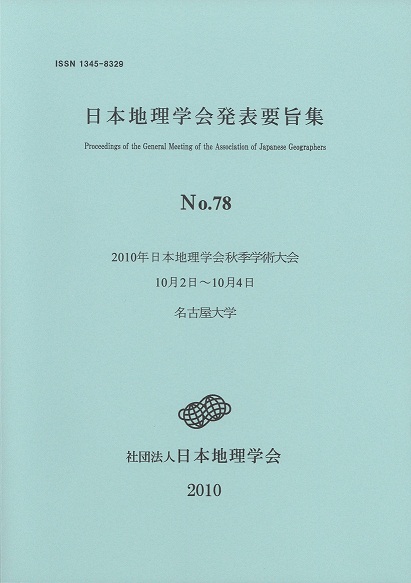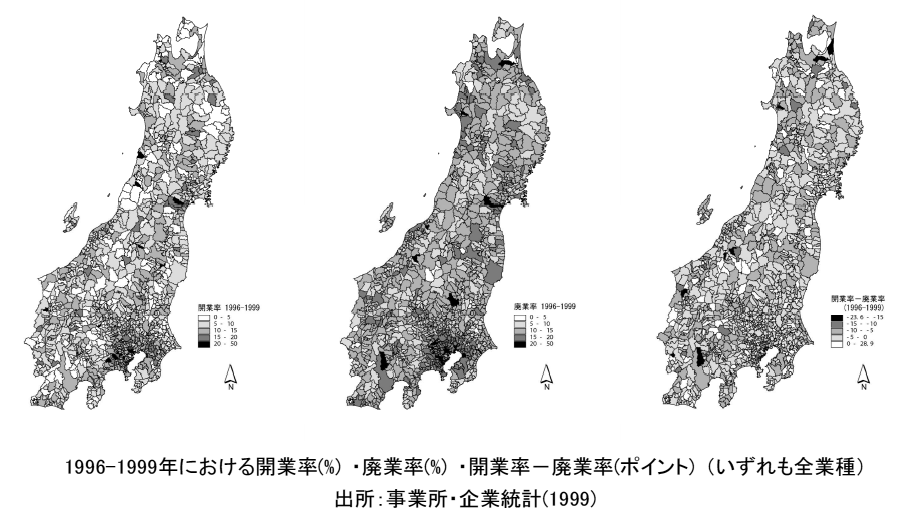Annual Meeting of the Association of Japanese Geographers, Autumn 2005
Displaying 101-118 of 118 articles from this issue
-
Pages 101
Published: 2005
Released on J-STAGE: November 30, 2005
-
Pages 102
Published: 2005
Released on J-STAGE: November 30, 2005
-
Pages 103
Published: 2005
Released on J-STAGE: November 30, 2005
-
Pages 104
Published: 2005
Released on J-STAGE: November 30, 2005
-
Pages 105
Published: 2005
Released on J-STAGE: November 30, 2005
-
Pages 106
Published: 2005
Released on J-STAGE: November 30, 2005
-
Pages 107
Published: 2005
Released on J-STAGE: November 30, 2005
-
Pages 108
Published: 2005
Released on J-STAGE: November 30, 2005
-
Pages 109
Published: 2005
Released on J-STAGE: November 30, 2005
-
Pages 110
Published: 2005
Released on J-STAGE: November 30, 2005
-
Pages 111
Published: 2005
Released on J-STAGE: November 30, 2005
-
Pages 112
Published: 2005
Released on J-STAGE: November 30, 2005
-
Pages 113
Published: 2005
Released on J-STAGE: November 30, 2005
-
Pages 114
Published: 2005
Released on J-STAGE: November 30, 2005
-
Pages 115
Published: 2005
Released on J-STAGE: November 30, 2005
-
Pages 116
Published: 2005
Released on J-STAGE: November 30, 2005
-
Pages 117
Published: 2005
Released on J-STAGE: November 30, 2005
-
Pages 118
Published: 2005
Released on J-STAGE: November 30, 2005





